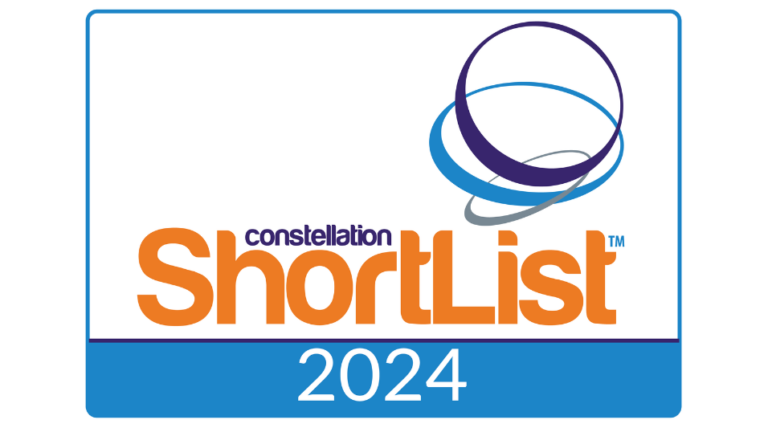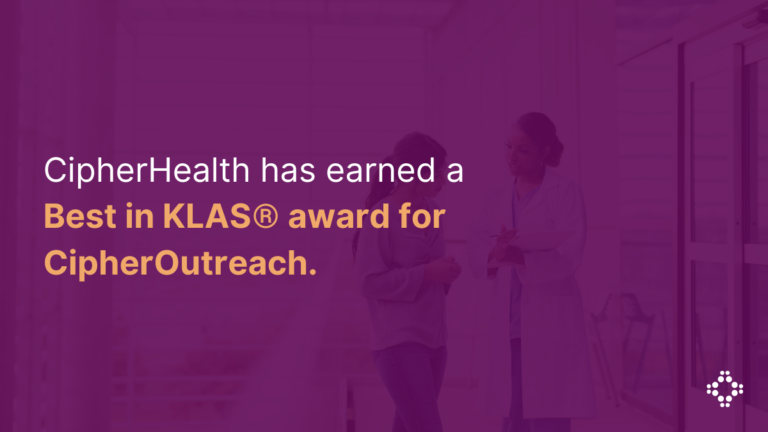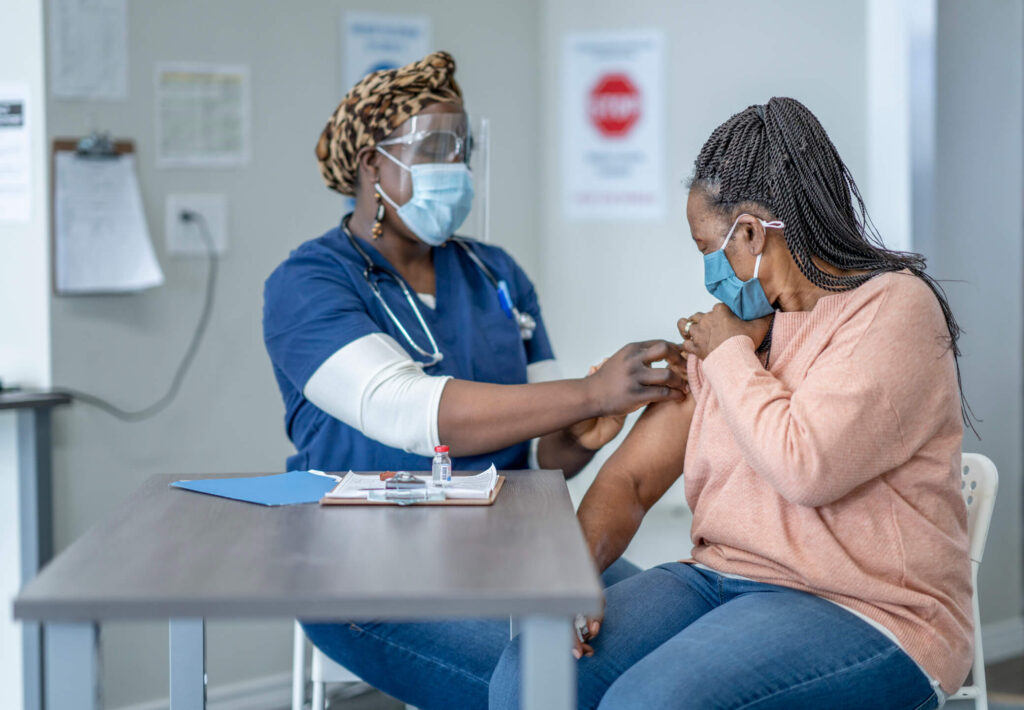An annual influenza (flu) vaccination is a proven precautionary step to avoid the risks associated with contracting the disease. With the frequency of flu hospitalizations and the severity of symptoms, a simple preventive health measure can have far-reaching effects. Variations in viral strains make seasonal flu vaccines crucial in protecting against the disease and should be administered once a year to provide the most protection.
For many, keeping up to date with inoculations is not a high priority. Forgetfulness or simple carelessness leads to a number of individuals remaining unvaccinated, and more susceptible to infection.
For the University of San Francisco (UCSF) Medical Center, increasing the volume of flu vaccinations administered has been an important and longstanding initiative. Past outreach efforts include partnering with Walgreens to provide flu vaccine vouchers, offering flu vaccination clinics, and sending out postcards for vaccination reminders.
Even with these strategies in place, UCSF was unable to move the needle enough to meet milestones placed upon the system by the California Department of Health Care Services (DHCS). Under a Medicaid initiative called the Delivery System Reform Incentive Pool (DSRIP), DHCS offered incentive funding based on UCSF’s ability to increase flu vaccination rates. This funding, in turn, could be used to practice more proactive and technologically advanced care by investing in their infrastructure, public wellness, and care management projects.
Through this investment process, the state is able to identify where certain funding will be distributed based on the participating hospital’s predefined goals for DSRIP milestone initiatives. If a hospital does not achieve the targets indicated on its milestone efforts, however, state funding will not be provided, despite the hospital’s own investment.
Certain Preventative Health DSRIP projects offer reimbursements to hospital systems that achieve 51% compliance with flu immunizations; a number based on that year’s predetermined Demonstration Year data. Patients eligible for consideration include those who are at least 50 years old and those who have had two or more Primary Care visits in the last fiscal year.
Contemplating Strategies for Improvement
UCSF was committed to increasing immunization compliance not only because of its DSRIP goals, but also due to an observed increase in the number of upper respiratory infections. Leaders at UCSF saw this as an opportunity to implement initiatives for increasing flu vaccination rates, ensuring their population would be able to fight off the disease throughout the upcoming flu season.
“Preventive health measures, like flu vaccinations, are the foundation of most actions taken by our Primary Care department,” says Sara Coleman, Manager of Population Health Analytics and Accountable Care. “And at UCSF, it was an effort we were hopeful would become a success for our Primary Care patients, as well as for the organization in total.”
With the system goal to increase flu vaccinations, Coleman assumed leadership of an initiative spearheaded by the Primary Care department. After reflecting upon what did and didn’t work with past flu vaccination campaigns, Coleman sought a strategy that would target the largest possible patient population.
The Primary Care department thought of expanding UCSF’s work with CipherHealth on post-discharge follow-up calls to assist with the flu vaccination outreach campaign. CipherHealth’s post-discharge follow-up program had realized positive outcomes for other areas of the health system, and Coleman immediately recognized the value of integrating CipherHealth in her own efforts.
“Using CipherHealth in the past, we saw strong successes in reaching and engaging our patients on their health issues,” says Coleman. “And most importantly, it allows us to touch a huge volume of patients we could not have otherwise reached through making calls with just a human staff.”
Coleman reached out to CipherHealth to explore the opportunity and the team was able to create a unique outreach campaign specifically targeted at patients not already vaccinated at a Primary Care clinic. Serving as a pilot program for both UCSF and CipherHealth, the team worked in tandem to develop an effective strategy that would build upon the success that they’d seen with Voice in other areas.
Catering CipherHealth Solutions to UCSF’s Particular Needs
For the outreach campaign, Coleman wanted to develop a solution that would allow UCSF to educate patients about the benefits of vaccinations while also capturing data on whether patients had been vaccinated outside of UCSF. This method would allow UCSF to update its charts and encourage patients to receive their flu shots.
When drafting various prompts, questions, and answers, UCSF Primary Care wanted to ensure it was communicating a concise and effective message. For a patient who is not expecting a call, the automated messages needed to be engaging, encouraging, and educational in order to serve as a productive touch point.
Furthermore, UCSF translated its flu vaccination messages from English into four different languages to accommodate the diverse San Francisco Bay patient population. The following language options was available to patients after the opening prompt: Spanish, Cantonese, Mandarin, and Russian. Additionally, hospital staff conducted all Voice recordings in order to reflect local dialects in the various languages.
Each call was separated into five steps: A greeting, disclaimer and a statement of purpose, a question about flu shot history, a question about the patient’s next flu shot, and a closing message. If patients had recently received a flu shot, they were prompted to the steps involving data collection on flu vaccination dates. If they had not recently received a flu shot, patients were prompted to information educating them on how, where, and why to receive a vaccination. This not only allowed UCSF to collect valuable data, but also provided an educational opportunity that would ideally translate to increases in flu vaccination rates. The data provided by patients enabled UCSF staff to pull precise data, update their charts, and provide a more accurate representation of vaccination rates in the community.
In addition to developing effective call content, CipherHealth assisted UCSF in ensuring that its phone outreach campaign would capture the largest audience possible. CipherHealth strategized call schedules that would lead to high rates of patient engagement. Based on the clinic that a patient visited, he or she was called throughout specific times during the flu season. The carefully chosen call times developed by the company ensured that UCSF would gain maximal insight and benefit from the outreach campaign. CipherHealth also programmed the caller ID so that the health system’s name was displayed when calling a patient, differentiating it from other calls received throughout the day.
Upward Achievements Through Proactive Outreach Calls
Through their dynamic partnership, UCSF and CipherHealth were able to create and execute an impressively successful population health initiative.
As a result of the countless efforts that both CipherHealth and UCSF directed toward increasing flu vaccination, UCSF was able to track qualitative and quantitative metrics showcasing the successes that CipherHealth brought to the health system. By reminding patients how, where, and why to get vaccinated, staff at UCSF clinics noted a marked increase in the number of walk-in visits requesting flu vaccinations.

UCSF was also able to synthesize a more accurate representation of the patient population’s vaccination rates. The ability to capture the dates that patients had received their last flu shot gave UCSF the ability to understand patients’ actions outside of the hospital and informed future population health initiatives.
As a result of the outreach initiative, UCSF exceeded the DSRIP milestone that it fell short of the previous year. From September 1, 2014 through February 28, 2015, UCSF increased its percentage of Primary Care flu vaccination rates for DSRIP eligible patients to 63.4%.
This substantial increase in vaccination compliance enabled UCSF to secure $1.7 million in DSRIP funding, assisting the organization in meeting financial and system goals. In addition to providing valuable funds, UCSF’s accomplishment also demonstrated the efficacy of proactive outreach calls as part of population health initiatives.
“With their expertise, knowledge, and successful implementation strategies, CipherHealth was able to dynamically engage our patient population in a way we had not implemented before,” says Coleman. “We would have never reached the same volume of patients had we used only our staff to administer calls.”












